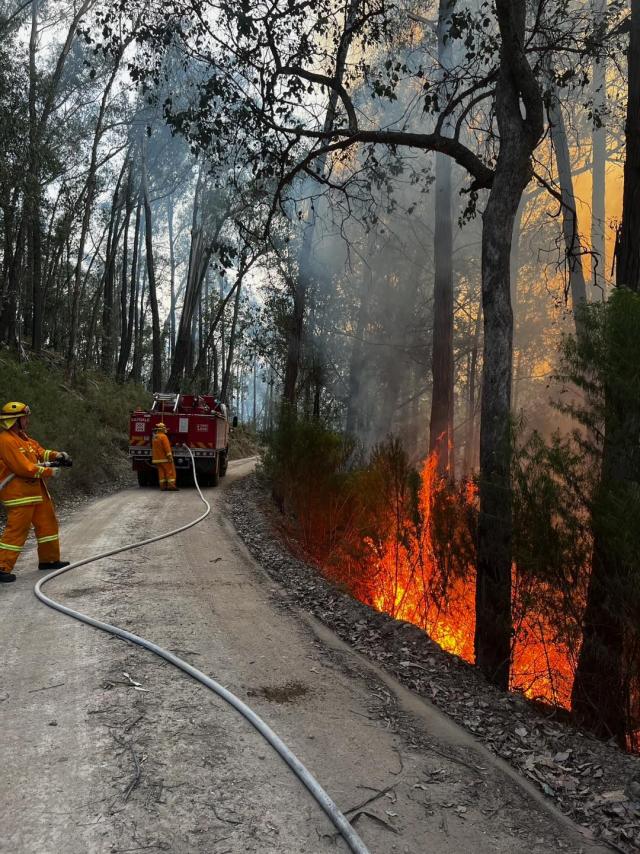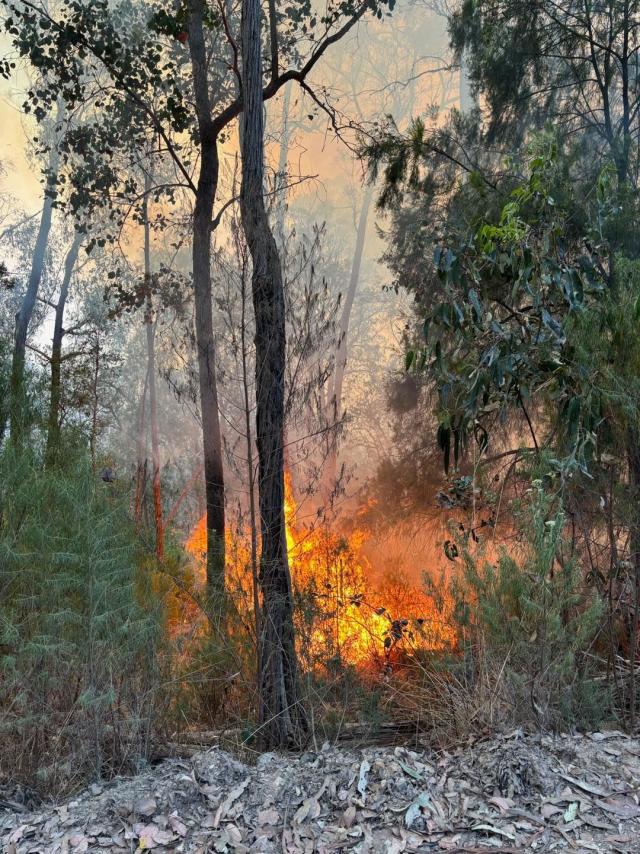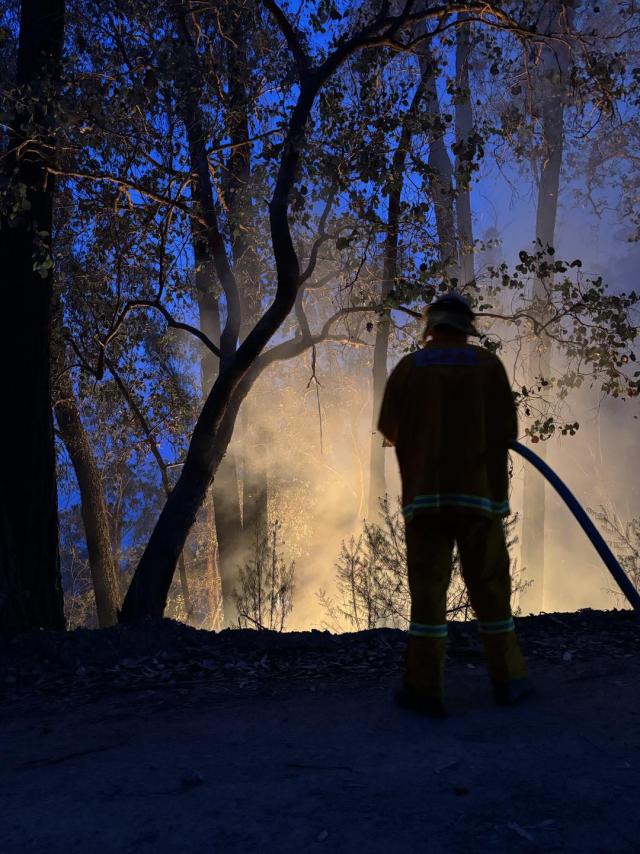Firefighters from across the east were deployed to Briagolong with part of the Gippsland region asked to prepare for evacuation over the weekend as the season’s first bushfires burned.
A watch and act notification was in place at 9.15am on Monday 2 October, with the towns of Briagolong, Cobbannah, Culloden, Moornapa and Glenaladale preparing for the worst.
Dargo and Crooked River were also placed under a stay informed warning on Sunday 1 October at 9.57pm.
As part of the CFA response, Lilydale Fire Brigade sent members to help keep the fire at bay.
“A Lilydale tanker was dispatched from Lilydale Fire Station [on Sunday] at around 10.30am and they went directly to Maffra where they met up with the strike team,” Lilydale CFA captain Warren Davis said.
“They were deployed in the Maffra and Briagolong areas where they were putting out spot fires and outbreaks of wildfire.
“They worked until 10 o’clock [Sunday] night when they came off the line and then were placed on buses and returned back to Lilydale around 1.30 [Monday] morning.”
Although having had another team on standby to relieve the first crew, Mr Davis said “they were stood down [Sunday] afternoon when they realised the crew that was down there was going to be returning at night”.
Gippsland was the first region to have its fire danger period (FDP) issued for Monday 9 October, an earlier than normal declaration, heading into what is expected to be a risky bushfire season because of the El Nino forecast.
A total fire ban was also put in place for the Mallee region for Monday 2 October, with hot, windy and dry conditions expected.
“As we have seen over the weekend, the fire season has begun and firefighters have been battling several bush and grassfires, particularly in the Gippsland region,” CFA Chief Officer Jason Heffernan said.
“Communities in fire risk areas need to be prepared and know where to find updated information.”
Mr Davis said it was likely the elevated undergrowth added to the outbreak of the Briagolong fires.
“It’s very concerning, because I have been told the region had very minimal or below average rainfall,” Mr Davis said.
“So with the amount of rain we had last year, which brought on a lot of under growth, that is now adding fuel to the fire heading into this fire season.”
The Bureau of Meteorology rainfall data for the six months until September this year showed the Gippsland region to be sitting in the 100 to 200 millimetres average, with parts of the state averaging 400 to 800 millimetres.
Rainfall was also a concern for Tuesday 3 and Wednesday 4 October, with the forecast showing a 95 per cent chance of rain.
“They’re hoping to get a lot of this rain [on Tuesday] but of course, if they get the amount which is pretty predicted, there’s a possibility of a lot of erosion and also flooding in the area. So they’re expecting around 100 mil of rain.”
Closer to home, the Lilydale CFA has been assisting in planned burns around the St Mary’s Catholic Primary School area in Mount Evelyn, using a technique called candling to burn bark on certain trees to reduce risk of fire spotting.
The CFA urged residents in bushfire prone areas to continue preparing their properties for fire season.
“All it takes is some basic maintenance such as clearing your gutters, picking up loose leaves and twigs, pruning tree branches so they aren’t overhanging the roof of your property, or even just keeping your lawn under 10cm tall,” DCO Owen said.









